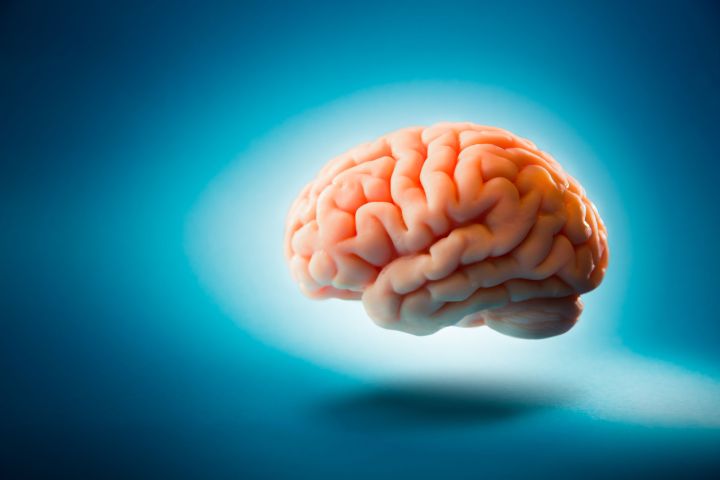
“These are people who straddle the line between being conscious and being unconscious,” Dr. Martin Monti, associate professor of psychology and neurosurgery at UCLA, told Digital Trends. “They awake from the coma, but they don’t regain their cognitive abilities. They can’t talk to their family members; they can’t look around them; they can’t respond to questions, or understand what’s happening. They lose their rights to determine what medical treatment to undergo. It’s a terrible, terrible thing to happen.”
Monti recently made a significant advance in helping these kinds of patients, however, thanks to some pioneering work in which he “jump-started” the brain of a 25-year-old man using focused ultrasound. The technique uses sonic stimulation to affect the neurons in the thalamus, an egg-shaped structure in the brain that serves as its central hub for information processing. “Imagine it like a tiny spear of ultrasound energy, which we can target wherever we want, used to excite neurons in that part of the brain,” Monti said.
The technique could serve as a safe, noninvasive alternative to more risky surgical procedures in which electrodes are implanted directly into this part of the brain. “Right now, the technology is definitely there, but our device needs a little work to make it something a doctor in any hospital could use,” Monti continued. In the future, he noted, it might prove possible to build a portable low-cost device, possibly in the form of a helmet, which could be used to help “wake up” those individuals in a vegetative or minimally conscious state.
For the time being, though, he said that more work needs to be done. “This is only one patient that we’ve treated,” he stressed. “It’s perfectly possible that we were just mighty lucky. This patient could have recovered regardless; we could just have happened to do this procedure on the exact day he was going to recover anyway. I need to do this on another 10, 20 patients to convince myself — and the scientific community — that it was our work that did this.”
But it’s an exciting development? “Absolutely it is,” he said.


